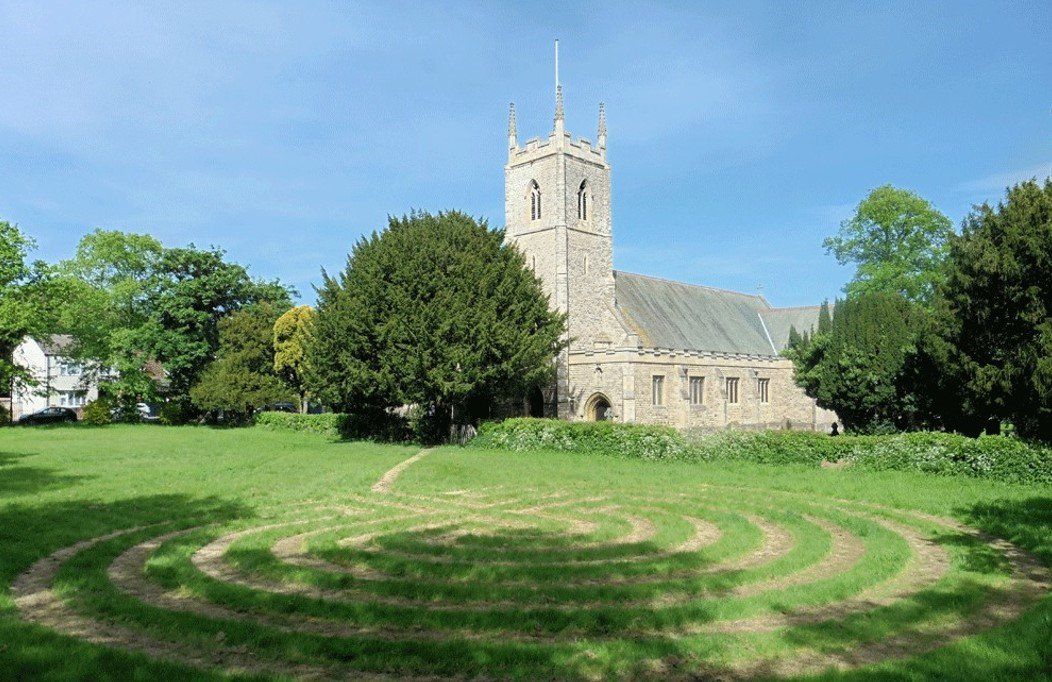
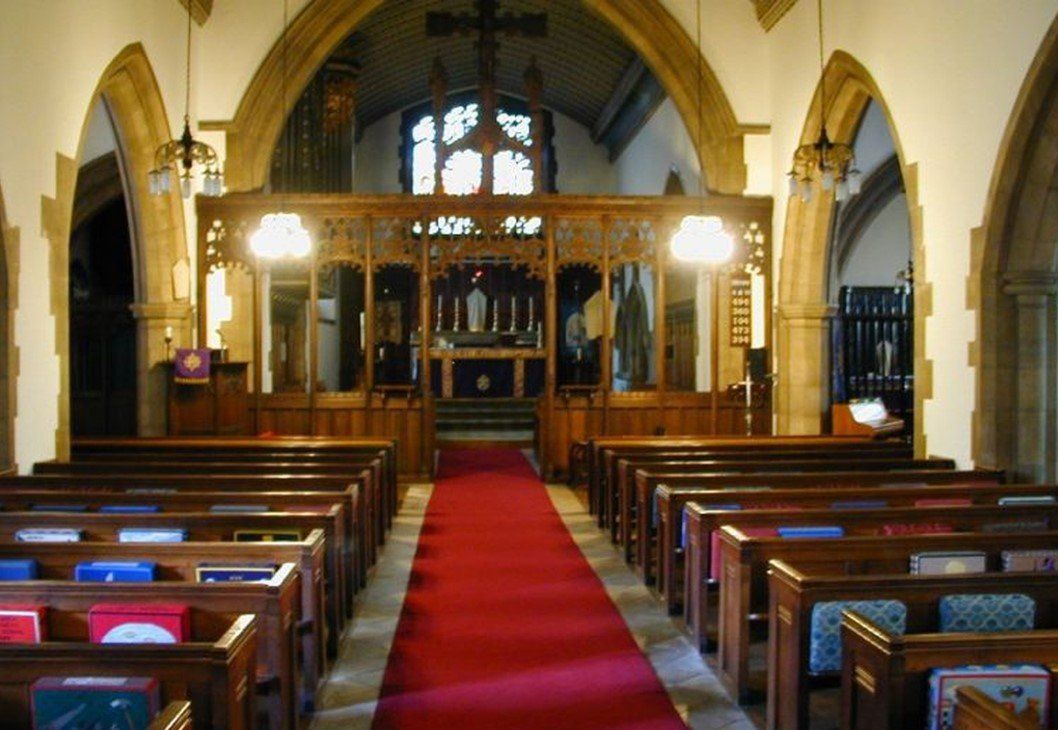
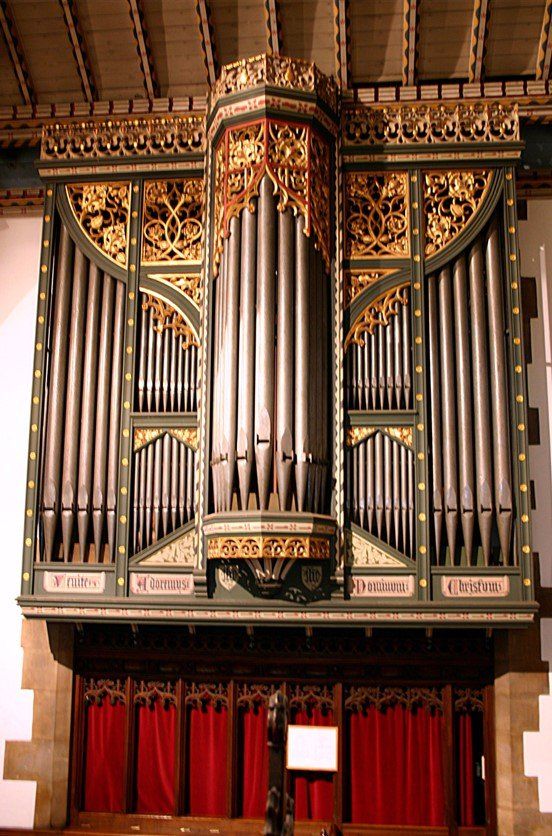
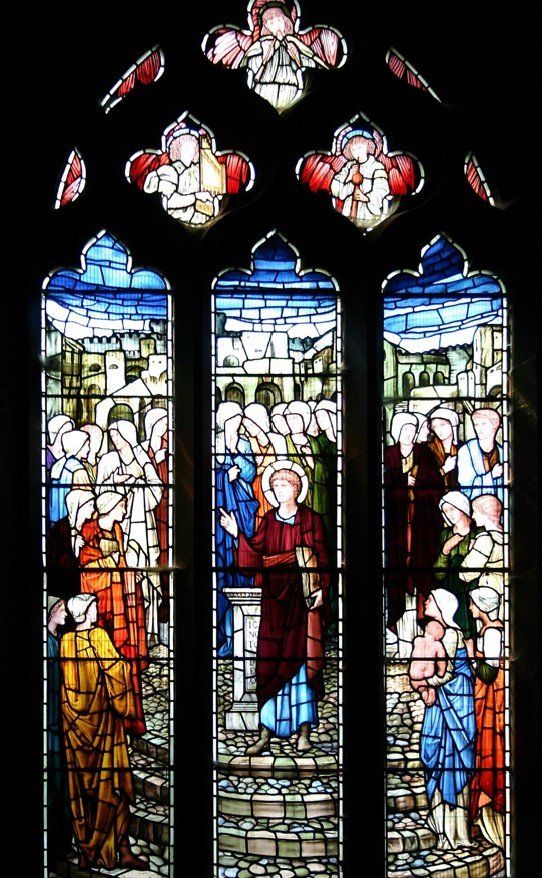
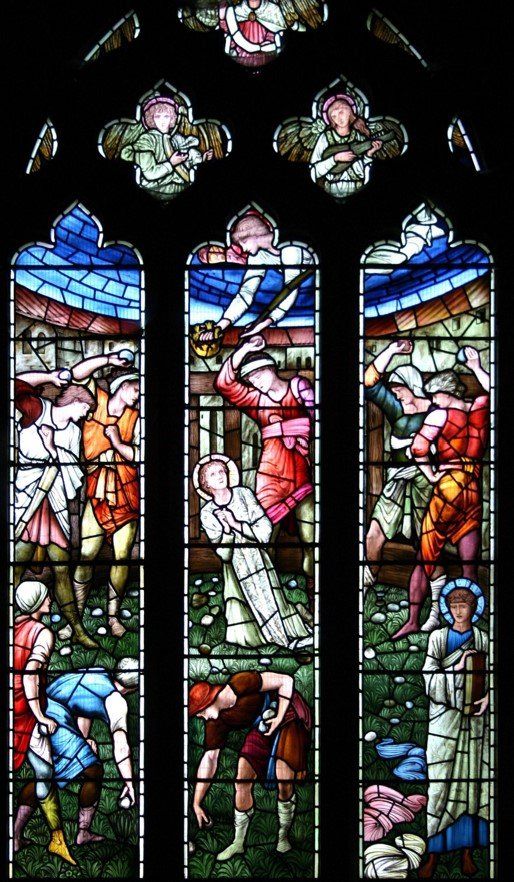
History
St. Paul’s Church Morton is a Grade 2* listed building completed in 1891, and is a treasure-house of William Morris and Edward Burne-Jones Windows.
On the 29th December 1846 the following notice appeared in the London Gazette:
“At the Court of Windsor on the 19th December 1846 Her Majesty the Queen through Order in Council approved the assignment to the consecrated Church of St. Paul at Morton
a particular District.”
From that day onwards, Morton became a Parish legally and ecclesiastically. And from the first day of the new year, 1847, it kept its own registers.
The Rev. Charles Smith Bird, Vicar of Gainsborough wrote “a most oppressive weight of responsibility”, for his parish also included Morton and East Stockwith. To relieve himself of that weight of responsibility he opened a subscription list towards the building of churches in those two districts. A sum of £3,000 was raised to which his own friends contributed about £600. The first church of St. Paul was largely built through the generosity of Edward Sanders Esq., of Gainsborough, who donated £1,000, on a site given by Henry Bacon Hickman Esq., Lord of the Manor of Gainsborough and Thonock. Work on this first building was begun on 1st May 1845 and the completed church was consecrated on 3rd July 1846; it had cost nearly £1,900. As well as contributing over half the total cost of the work, the Sanders family commissioned artist Sir Edward Burne-Jones to design three stained-glass windows.
In 1880 the Reverend G.W. Danks became Vicar of Morton. He was to be vicar for 30 years and was to see great changes. In the last two decades of the nineteenth century the district of Morton grew considerably and the church thrived. It was not uncommon for the church to be full; for example, on Easter day 1890 there were 238 communicants plus the 240 scholars at the Church School. The best way of making sure there was a seat available was to reserve a family pew.
At a public meeting in February 1890, it was decided to rebuild and enlarge the Church. As a result of the meeting a subscription list was opened. The premier Baronet of England, Sir Hickman Bacon, a direct descendant of Francis Bacon, was at all times a generous benefactor to the church in Morton; he offered to double the money raised. Our benefactor’s idea of a suitable church and its furnishings was rather grander than that of the people of Morton, and it was also quite beyond their means. Thankfully for our forefathers and also for us, Sir Hickman’s generosity far exceeded his first offer to double the sum raised [£850]. Ultimately almost all of the total cost of the present magnificent church was paid for by Sir Hickman himself - well in excess of £10,000.
The building as it stands today was consecrated on 3rd October 1891, after building work had commenced in June 1890, on the same site as the original church was constructed only 45 years earlier. It is an attractive light-coloured stone in the early English style, to the design by Messrs J. T. Micklethwaite & Somers Clark of Westminster. The church is adorned with fine embattled and pinnacle parapets, and has figures of St. Paul and St. Peter above the two porches on either side of the west tower. The tower with the west stained-glass window is all that remains of the original church: The window having been re-sited to the tower from the chancel of the earlier church. The church that was built consists of the following elements: a chancel with a chapel dedicated to St. Hugh on the south side; a nave of five bays; aisles on the north and south side; and the west tower. On the south-east corner of the building there is a choir vestry and vicar’s vestry. The central heating boiler is housed in a cellar below the vicar’s vestry. More recent additions are a small kitchen in a former vestry, and a toilet.
The church, which was described in 1891 as “The finest example of a Parish Church in Lincolnshire”, is rightly the pride of the people of Morton. This is because of the general beauty of the building with the very fine timber fittings and rood screen; the organ, by Mr August Gern of Notting Hill with its gilded and painted organ case; the font of black, frosty marble with an oak canopy; the painted ceiling with its delicate pattern and colouring.
These are indeed things to be admired. However, perhaps the richest treasure is the set of ten stained-glass windows which were executed by the famous co-founder of the ‘Arts and Craft’ movement, author and artist William Morris, to the designs of Edward Burne-Jones. These ten William Morris/ Burne-Jones windows are not only rare in this country, but in Christendom. The chancel carpet is also by William Morris (come and see the carpet and the other 8 windows - only 2 are shown here).